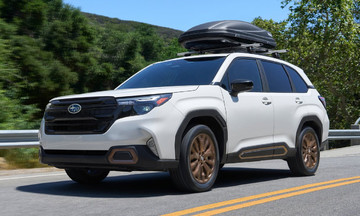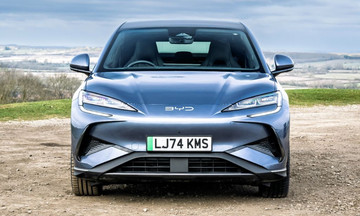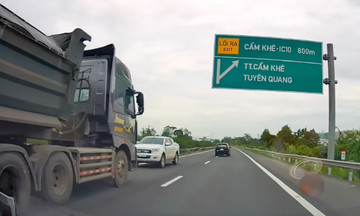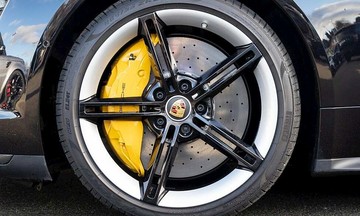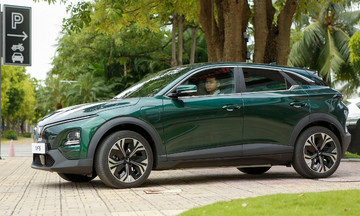The National Highway Traffic Safety Administration (NHTSA) has contacted Tesla following a video showing one of its robotaxis allegedly driving in the wrong lane. "We are aware of the incidents referenced and are in contact with the manufacturer to gather additional information," the NHTSA stated.
The video, recorded by a passenger in the back seat, shows an empty driver's seat and a supervisor in the passenger seat.
At an intersection, the robotaxi signaled left. Realizing it had not yet reached the correct turning point, the vehicle swerved back into the straight lane, inadvertently entering oncoming traffic.
The NHTSA routinely requests information from automakers following reports of problematic driving behavior by advanced driver-assistance systems or autonomous driving systems.
Tesla launched its paid robotaxi service on 22/6, deploying about 10 self-driving vehicles in Austin, Texas. The company plans to avoid operating in adverse weather, complex intersections, and transporting passengers under the age of 18.
The NHTSA clarified that it "does not pre-approve any new technology or system. Rather, manufacturers self-certify that each vehicle meets NHTSA’s rigorous safety standards, and the agency investigates incidents involving potential safety defects".
On 23/6, Tesla informed the NHTSA that its responses to questions about the safety of the Texas robotaxi deployment were confidential business information and could not be publicly disclosed.
The NHTSA is reviewing Tesla's responses regarding robotaxi safety in adverse weather, among other concerns. Since 10/2024, the agency has been investigating crashes involving Tesla vehicles using full self-driving (FSD) software in limited visibility conditions. This investigation encompasses 2.4 million Tesla vehicles equipped with FSD technology following four reported crashes, including a fatal accident in 2023.
Currently, Tesla's robotaxi service has a fixed fee of 4.2 USD. While driverless, the vehicles have a supervisor in the passenger seat who can intervene at any time.
Unlike most automakers developing self-driving cars, which often utilize advanced lidar and radar systems, Tesla's robotaxis rely solely on a camera system.
My Anh (Reuters)



